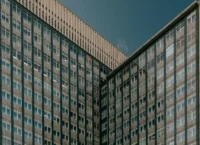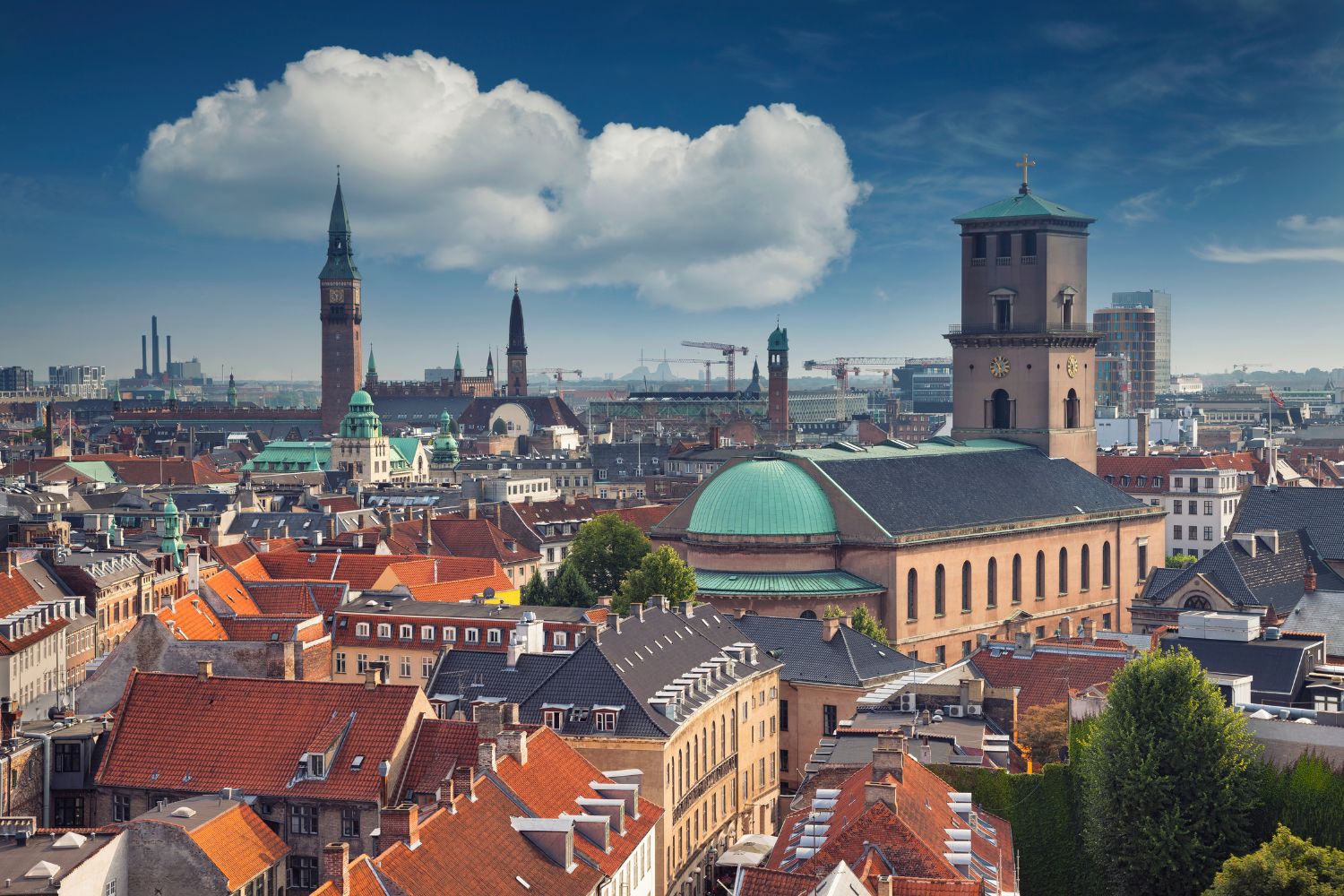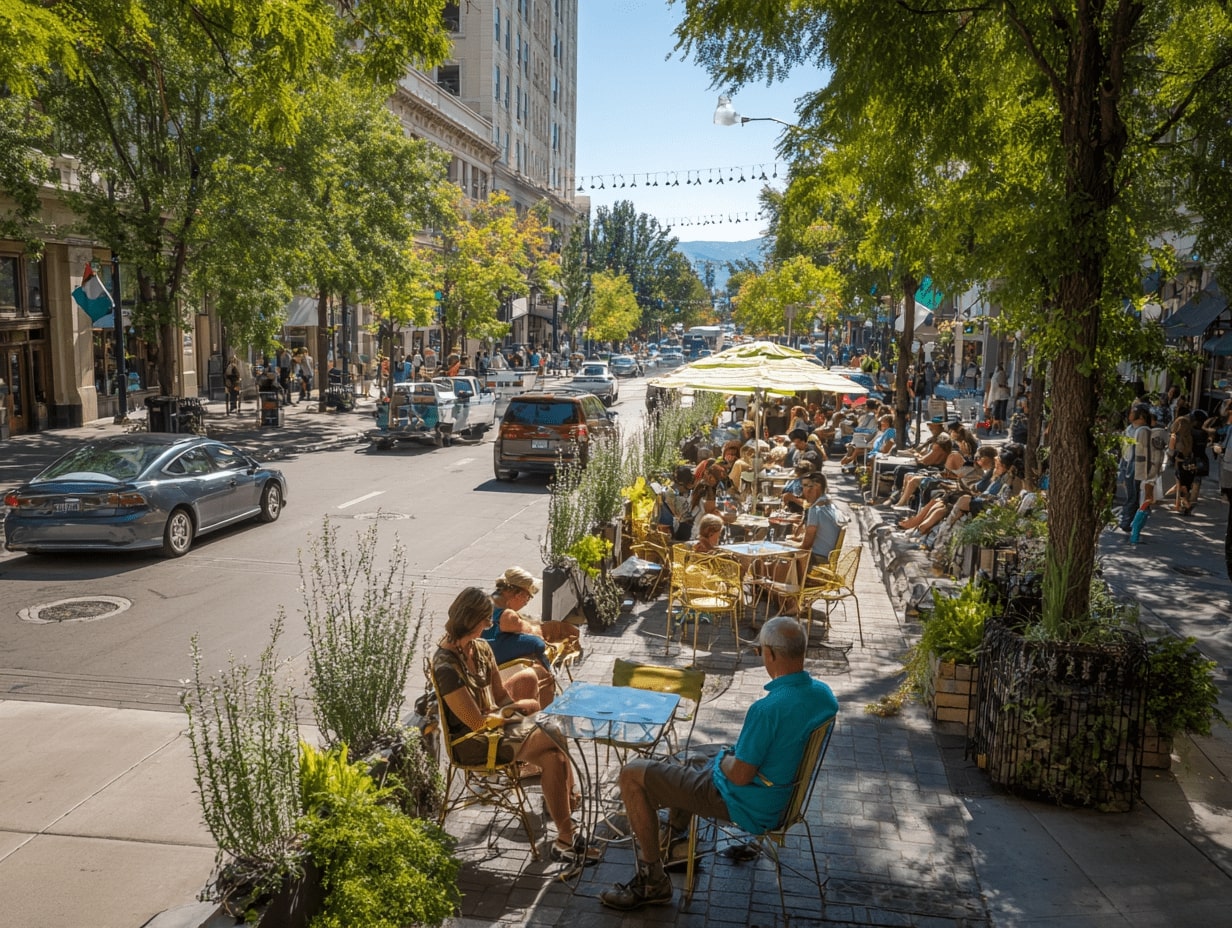- Home
- Articles
- Architectural Portfolio
- Architectral Presentation
- Inspirational Stories
- Architecture News
- Visualization
- BIM Industry
- Facade Design
- Parametric Design
- Career
- Landscape Architecture
- Construction
- Artificial Intelligence
- Sketching
- Design Softwares
- Diagrams
- Writing
- Architectural Tips
- Sustainability
- Courses
- Concept
- Technology
- History & Heritage
- Future of Architecture
- Guides & How-To
- Art & Culture
- Projects
- Interior Design
- Competitions
- Jobs
- Store
- Tools
- More
- Home
- Articles
- Architectural Portfolio
- Architectral Presentation
- Inspirational Stories
- Architecture News
- Visualization
- BIM Industry
- Facade Design
- Parametric Design
- Career
- Landscape Architecture
- Construction
- Artificial Intelligence
- Sketching
- Design Softwares
- Diagrams
- Writing
- Architectural Tips
- Sustainability
- Courses
- Concept
- Technology
- History & Heritage
- Future of Architecture
- Guides & How-To
- Art & Culture
- Projects
- Interior Design
- Competitions
- Jobs
- Store
- Tools
- More
Discovering the Beauty of Urban Design: Transforming Spaces for Vibrant Communities
Explore the art of urban design and its transformative power in crafting vibrant communities. This article delves into how thoughtful layouts, green spaces, and unique architecture enhance quality of life while fostering social connections. Discover the beauty in balancing aesthetics with functionality, as seen in iconic projects like Times Square and Millennium Park.

Urban design shapes the world we live in, transforming concrete jungles into vibrant communities. It’s not just about buildings and streets; it’s about creating spaces that inspire connection, creativity, and comfort. As we navigate bustling cityscapes, we often overlook the artistry that goes into making these environments functional and beautiful.
The beauty of urban design lies in its ability to blend aesthetics with practicality. Thoughtful layouts, green spaces, and innovative architecture enhance our daily experiences and foster a sense of belonging. In this exploration, we’ll delve into how urban design impacts our lives, influences social interactions, and contributes to a sustainable future. Join us as we uncover the hidden gems of our cities and celebrate the artistry that makes urban living truly remarkable.

Table of Contents
ToggleThe Beauty of Urban Design
Urban design plays a vital role in shaping our cities, creating visually appealing spaces that enhance our quality of life. Thoughtful planning prioritizes aesthetics alongside functionality, transforming mundane cityscapes into vibrant environments.

Aesthetic Integration
- Architecture: Unique building designs contribute to aesthetic value, turning structures into landmarks. Iconic buildings can become symbols of a city, attracting visitors and boosting local pride.
- Landscape: Green spaces, parks, and gardens provide visual interest and improve air quality. Urban greenery connects us with nature, offering serene retreats within bustling environments.
- Public Art: Murals, sculptures, and installations bring creativity to public spaces. Artistic elements foster community engagement and enhance our urban experiences.
Functional Elegance
- Walkability: Well-designed sidewalks and pedestrian zones encourage movement and interaction. Walkable neighborhoods promote health and enhance social connections.
- Transport Systems: Integrated transportation options reduce reliance on cars. Efficient public transit systems streamline travel, making cities more accessible.
- Mixed-Use Spaces: Combining residential, commercial, and recreational facilities in one area maximizes convenience. Mixed-use developments create lively neighborhoods that serve diverse needs.
Social Impact of Design
- Community Gathering: Plazas and open spaces facilitate social interactions. Gathering areas promote a sense of belonging and encourage diverse community engagement.
- Cultural Reflection: Urban design can embody cultural identity. Designs that reflect local heritage celebrate community values and foster inclusivity.
- Sustainable Practices: Eco-friendly materials and designs contribute to urban sustainability. Sustainable urban design lowers environmental impact, preserving resources for future generations.
Through skillful integration of aesthetic and functional elements, urban design cultivates beautiful, sustainable, and socially engaging environments. We can experience the artistry of our cities every day through the careful planning and execution that characterizes modern urban design.
Key Elements of Urban Design
Urban design encompasses various elements that collectively enhance the beauty and functionality of our spaces. Understanding these key components helps us appreciate the intricate balance between aesthetics and practicality.

Aesthetics and Functionality
Aesthetics in urban design refers to the visual appeal of our environments. Unique architectural forms, vibrant public art installations, and thoughtfully designed streetscapes contribute to a city’s identity. Functionality ensures that these elements serve practical purposes. Mixed-use spaces, for example, allow for residential, retail, and recreational activities to coexist, promoting social interaction. Walkable neighborhoods encourage exploration and accessibility, making cities more engaging. Integrating beauty with utility creates areas where people feel drawn to spend time, enhancing overall community satisfaction.
Sustainability and Environment
Sustainability forms a core aspect of effective urban design. It involves utilizing materials and practices that minimize environmental impact. Green spaces, such as parks and gardens, improve air quality and biodiversity while providing vital recreational areas. Integrating efficient public transportation systems reduces dependence on cars, minimizing congestion and emissions. Implementing rain gardens and permeable pavements addresses stormwater management effectively. By prioritizing sustainable practices, we create urban environments that not only meet present needs but also safeguard resources for future generations.
The Impact of Urban Design on Community
Urban design significantly influences community dynamics, shaping how we interact and experience our surroundings. Thoughtfully designed spaces can foster connection and improve overall quality of life.

Enhancing Social Interactions
Urban design enhances social interactions through intentional layouts and communal spaces. Parks and plazas facilitate gatherings by providing areas for events and informal meetups. Street designs that prioritize pedestrian walkways create opportunities for spontaneous conversations. Neighborhood designs featuring mixed-use developments encourage social engagement by placing residences near shops and services. Public art installations also draw residents and visitors, sparking dialogue and community pride.
Promoting Wellness and Accessibility
Urban design promotes wellness and accessibility by prioritizing green spaces and active transportation. Access to parks and recreational areas encourages physical activity, reducing stress and improving mental health. Well-planned bike lanes and sidewalks enhance mobility for all residents, including those with disabilities. Integrating natural elements into urban environments, such as trees and gardens, improves air quality and provides peaceful havens. Thoughtful design that considers diverse community needs ensures that all individuals feel welcome and supported.
Case Studies of Successful Urban Design
Examining successful urban design projects reveals their profound impact on communities. We can draw inspiration from notable case studies that demonstrate innovative solutions and transformative spaces.

Iconic Urban Spaces
- Times Square, New York City
Times Square exemplifies vibrancy and energy. Its pedestrianization has transformed the area by prioritizing foot traffic, enhancing public safety, and stimulating local businesses. The integration of seating areas, art installations, and events fosters community engagement.
- Millennium Park, Chicago
Millennium Park serves as a model for merging art and ecology. The park features diverse landscapes, interactive art, and performance spaces, creating a multifunctional environment. It enhances the city’s aesthetics while providing recreational opportunities.
- Piazza Gae Aulenti, Milan
Piazza Gae Aulenti revitalizes an industrial area through modern design. Featuring a blend of green spaces and public art, it encourages social interaction and outdoor activities. The incorporation of water features enhances the visual appeal while promoting biodiversity.
Innovative Projects Around the World
- Copenhagen’s Superkilen
Superkilen is an urban park celebrating multiculturalism. It showcases design elements representing various nationalities, promoting inclusivity and community identity. Its green spaces and recreational facilities enhance well-being and encourage social cohesion.
- The High Line, New York City
The High Line reimagines urban transportation infrastructure as a public park. This elevated linear park supports biodiversity while offering stunning city views. Its design fosters environmental awareness and provides a unique recreational experience.
- HafenCity, Hamburg
HafenCity exemplifies sustainable urban regeneration. It integrates mixed-use development with green spaces, promoting walkability and reducing car dependency. The emphasis on sustainability reflects in its energy-efficient buildings and waterways.
- Baan Mankong, Thailand
Baan Mankong is a housing project focused on community involvement and affordability. Residents actively participate in the planning process, ensuring that designs meet their needs. This initiative exemplifies collaborative urban design, addressing housing challenges effectively.
Through these case studies, we observe that successful urban design fosters community interaction, enhances aesthetic appeal, and incorporates sustainability. Integrating such elements ultimately leads to thriving urban environments.
Conclusion
Urban design profoundly impacts our communities, enhancing both aesthetics and functionality. It creates vibrant spaces that promote social interaction and foster a sense of belonging. By prioritizing unique architectural designs and integrating green landscapes with public art, urban environments become visually appealing while serving practical purposes.
Thoughtful layouts support walkability and mixed-use developments, making daily activities more convenient. Efficient public transport systems contribute to sustainability by reducing congestion and improving air quality. These functional attributes enhance overall quality of life, inviting us to engage fully in our environments.
Successful projects like Times Square and Millennium Park illustrate the transformative power of urban design. They demonstrate how careful planning can rejuvenate spaces and encourage community engagement. Our appreciation for urban design grows as we recognize the artistry and intentionality behind these developments. Through continuous improvement and sustainable practices, we can cultivate beautiful urban settings that meet the diverse needs of all residents.
- city beautification projects
- city planning
- community engagement in design
- Community Revitalization
- downtown revitalization
- green urban design
- inclusive urban planning
- innovative urban solutions
- livable cities
- placemaking strategies
- Public Space Design
- sustainable city planning
- transforming spaces
- urban design
- Urban Development
- urban environment enhancement
- urban landscape architecture
- urban renewal projects
- urban space transformation
- vibrant communities
Submit your architectural projects
Follow these steps for submission your project. Submission FormLatest Posts
How DeepSeek AI Is Transforming Architecture and Urban Design Workflows
DeepSeek AI represents a new generation of architectural intelligence, shifting artificial intelligence...
Copenhagen Named the Happiest City in the World in 2025
Copenhagen has been named the happiest city in the world in 2025...
Frank Gehry’s Transformative Ideas in Urban Design
Frank Gehry’s influence extends far beyond expressive architecture; his ideas have reshaped...
Architecture as Infrastructure: Designing Beyond Buildings
Architecture as infrastructure reframes cities as systems—flows, lifecycles, and value. Explore resilient...












Leave a comment